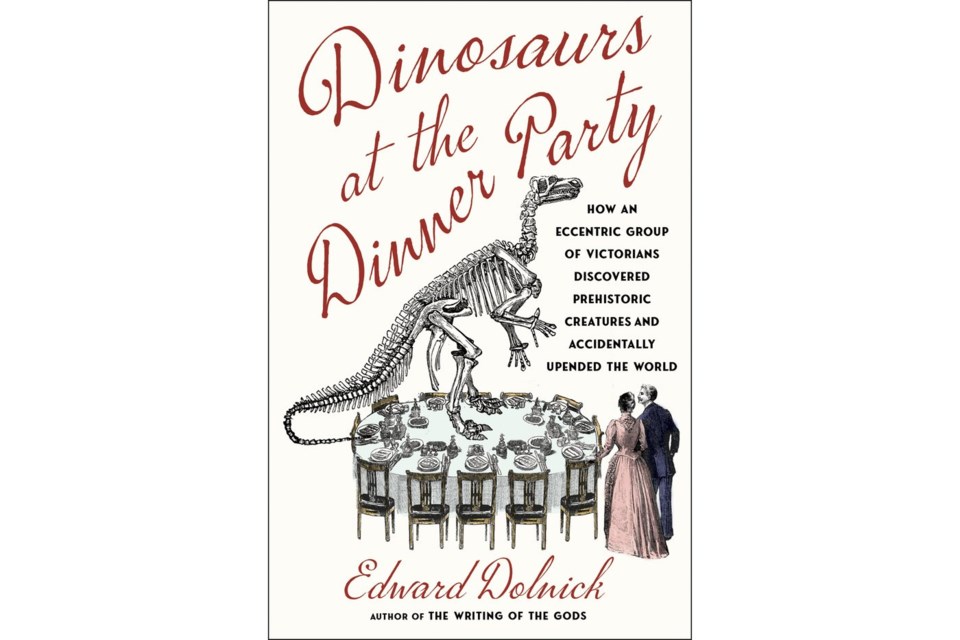For generations raised on dinosaur toys, “Jurassic Park” films and characters like Barney, it's hard to imagine a world where dinos and their fossils didn't exist — or, more accurately, weren't discovered yet.
That world is exactly where Edward Dolnick takes readers in “Dinosaurs at the Dinner Party: How An Eccentric Group of Victorians Discovered Prehistoric Creatures and Accidentally Upended the World.”
Dolnick transports readers to the early 1800s as discoveries of dinosaur fossils transformed science and the world's understanding of prehistoric life.
It was, as Dolnick describes in the book's opening pages, akin to people today never dreaming of life anywhere beyond Earth.
“And then picture that one night a spaceship materialized a few dozen feet above Fifth Avenue and proceeded to make a slow and stately tour of Manhattan,” he writes.
With a brisk writing style, Dolnick offers an at-times dizzying tour of the discoveries that blindsided the world and the key players in those finds.
They include fascinating figures such as Mary Anning, the 12-year-old who discovered the fossilized skeleton of an ichthyosaur, a prehistoric aquatic reptile. Years later, she discovered the fossilized skeleton of another prehistoric sea creature, the plesiosaur. Dolnick describes how eagerly museums displayed the fossils Anning found, but left her name unmentioned for years.
He also explores the complicated legacy of Richard Owen, the scientist who coined the term “dinosaur” and was the father of the Natural History Museum in London. But he also had a penchant for making enemies with other scientists.
With these profiles and others, Dolnick provides a colorful narrative of a world making sense of discoveries that would shatter notions of where humans stood in history and life overall.
___
AP book reviews: https://apnews.com/hub/book-reviews
Andrew Demillo, The Associated Press



